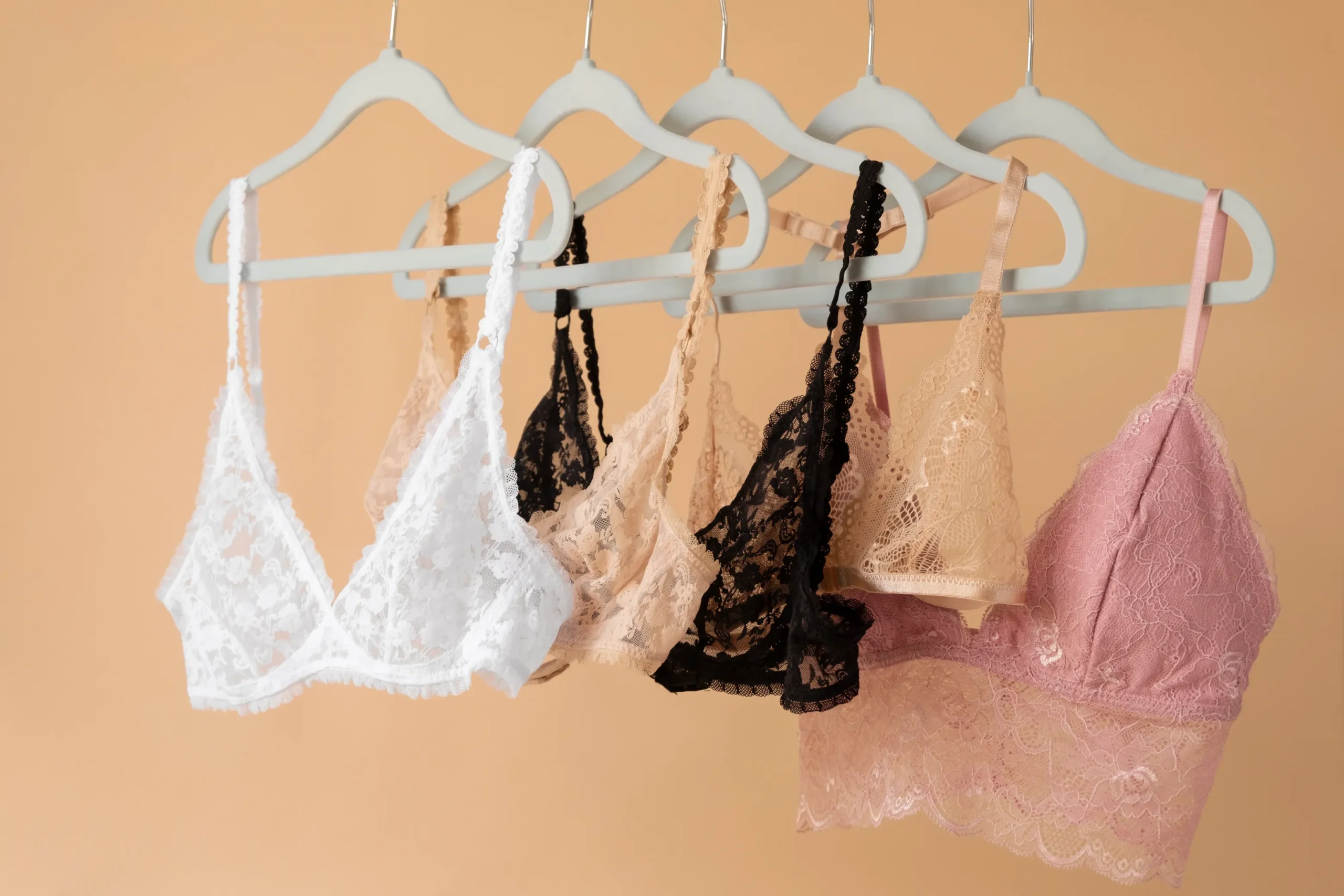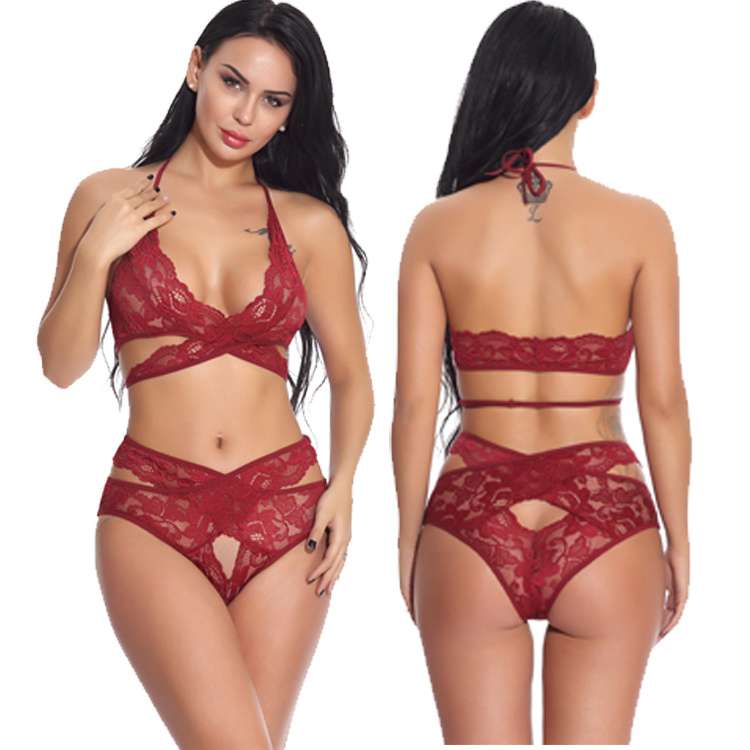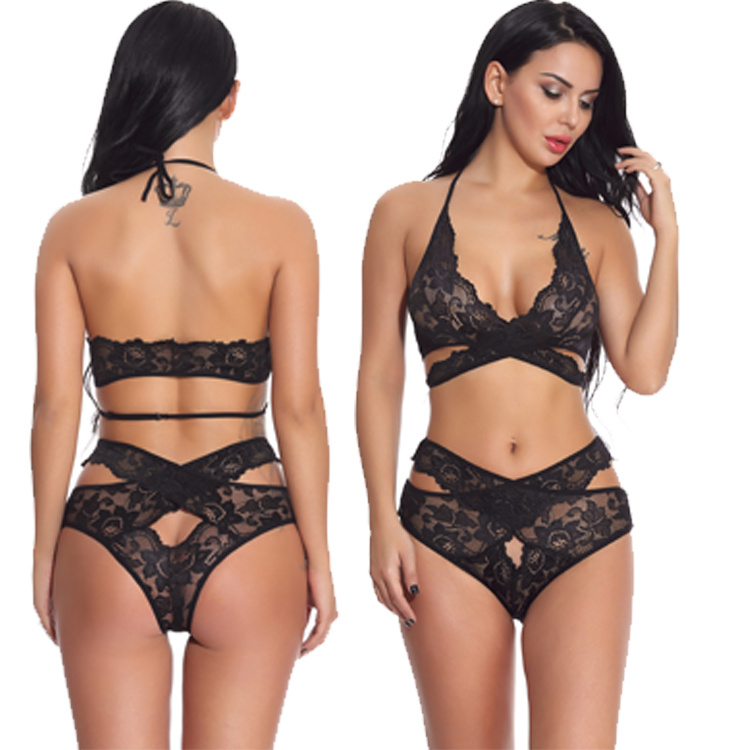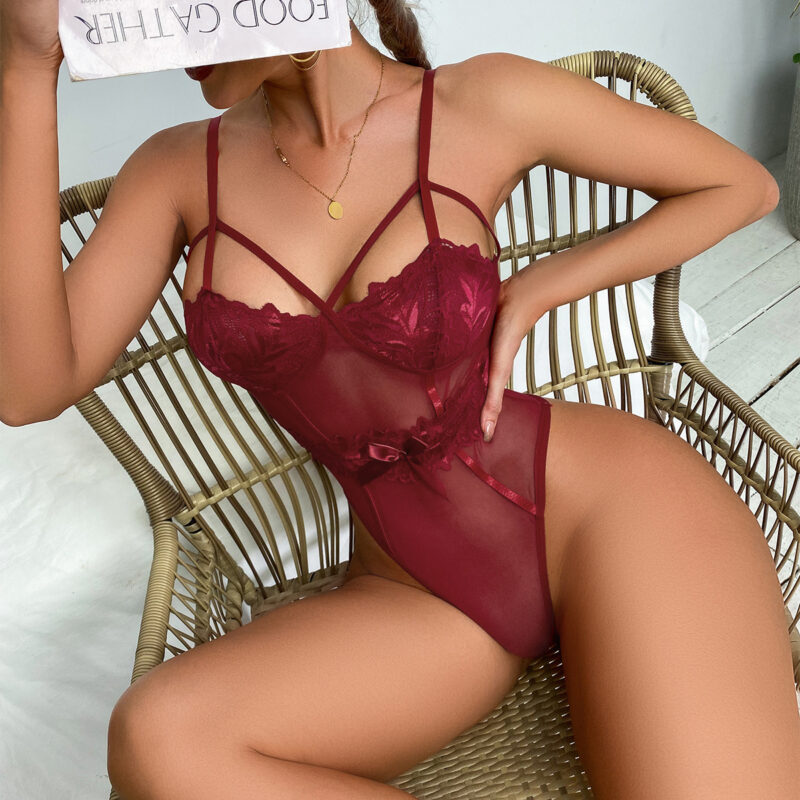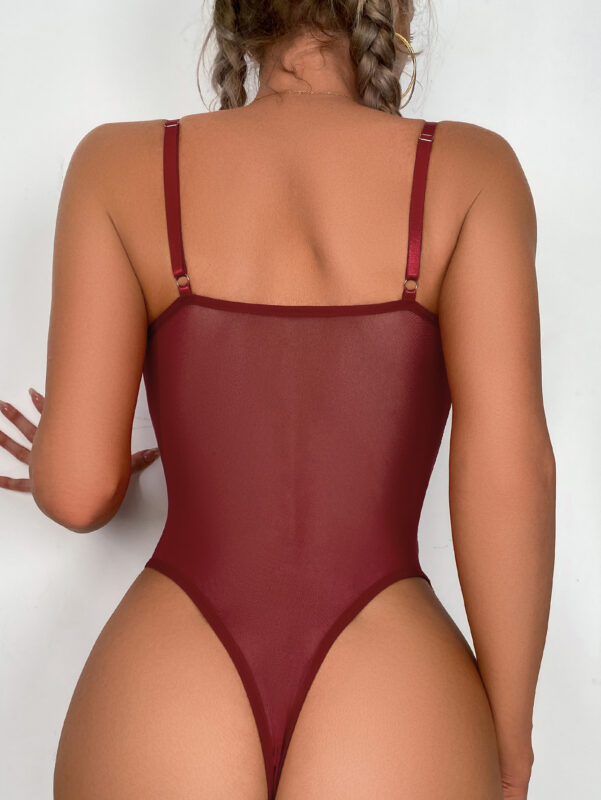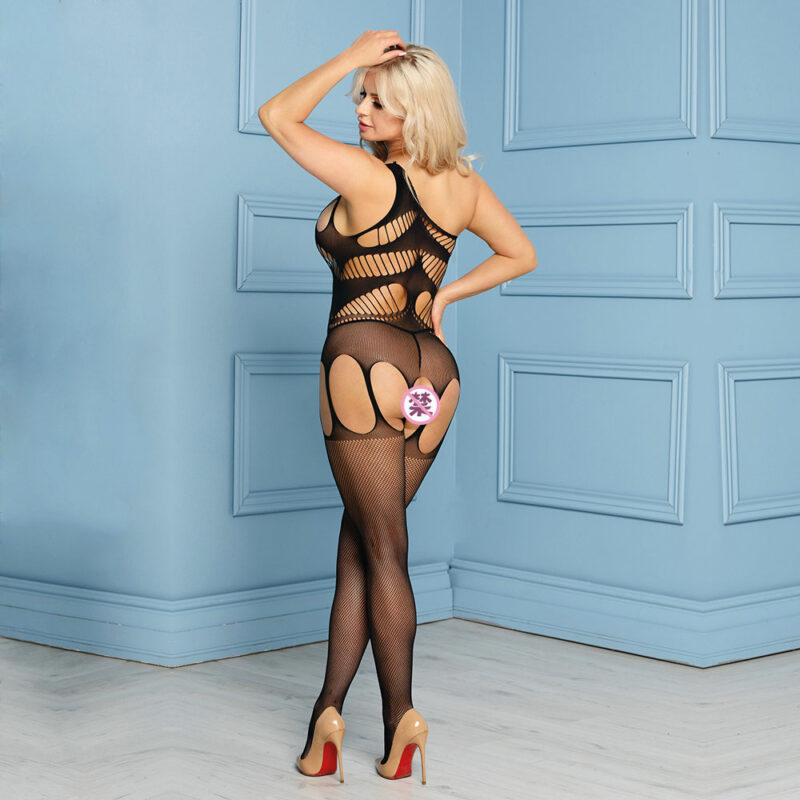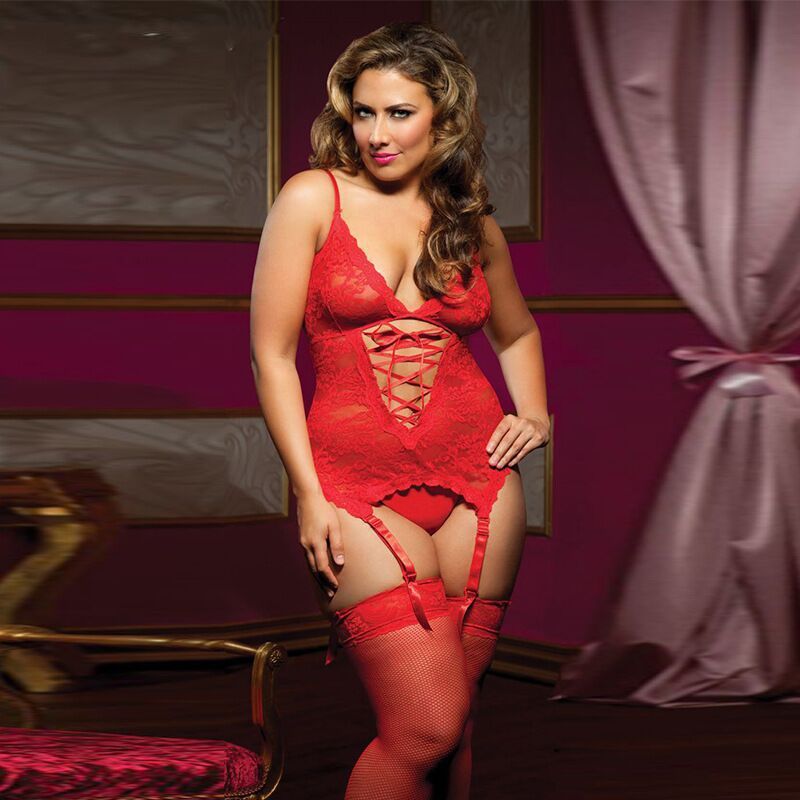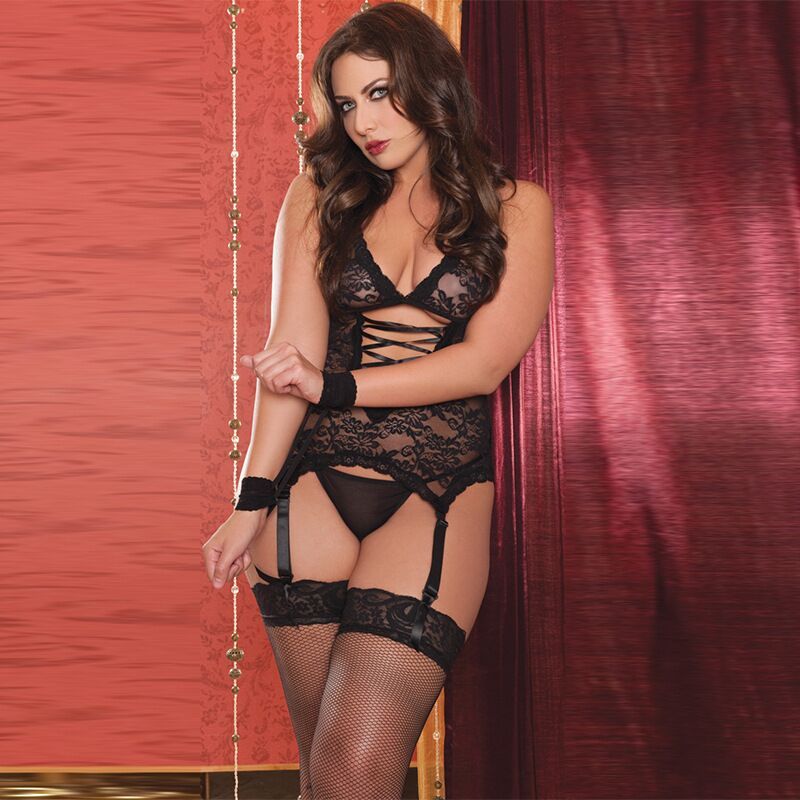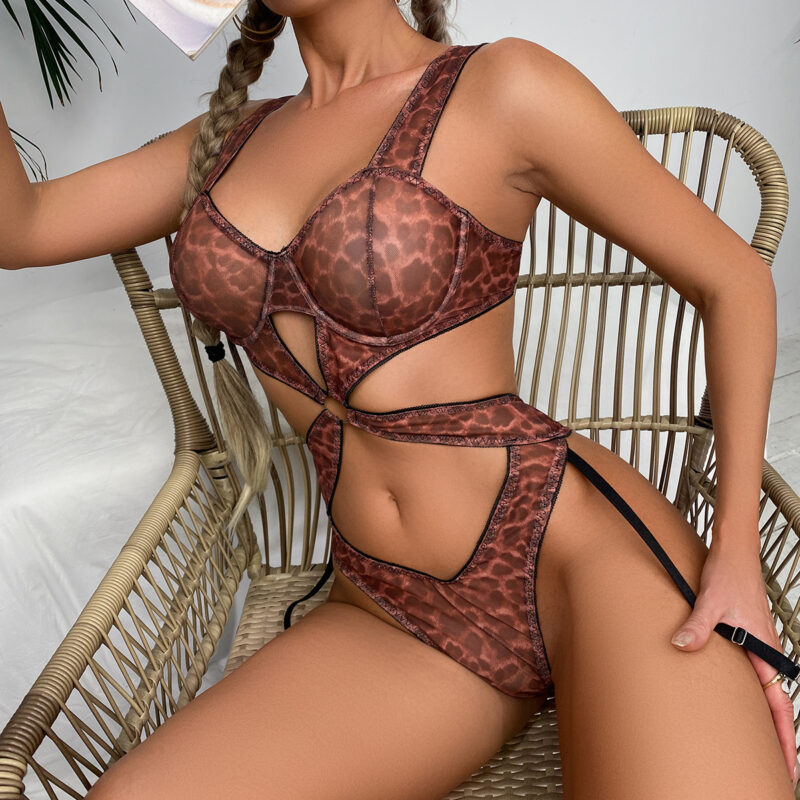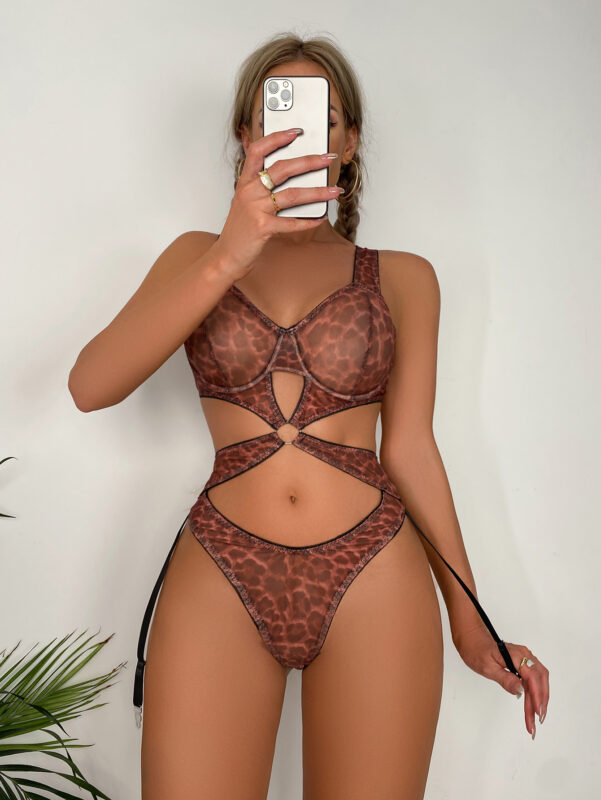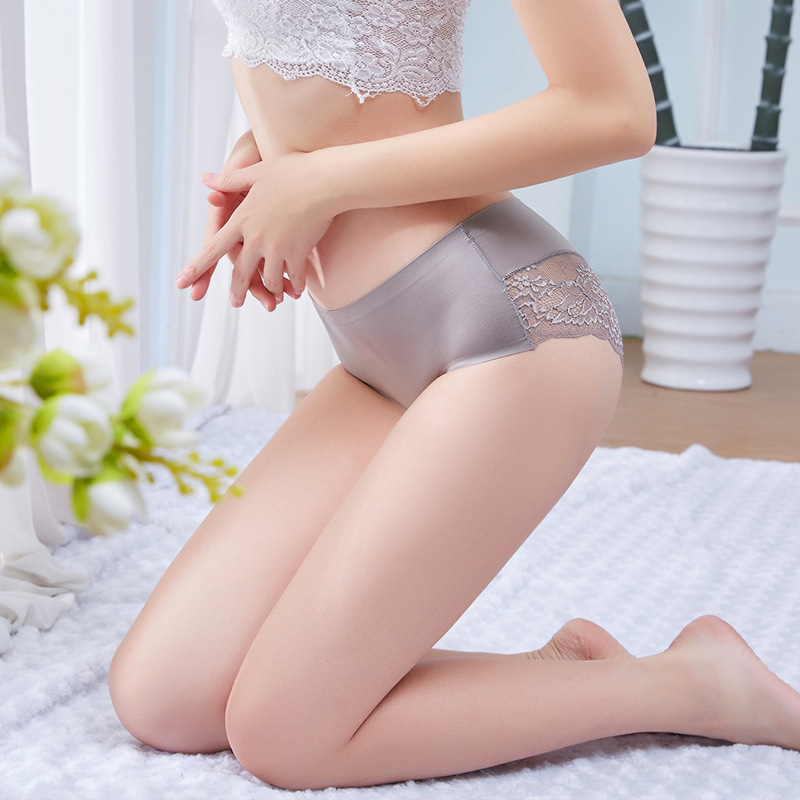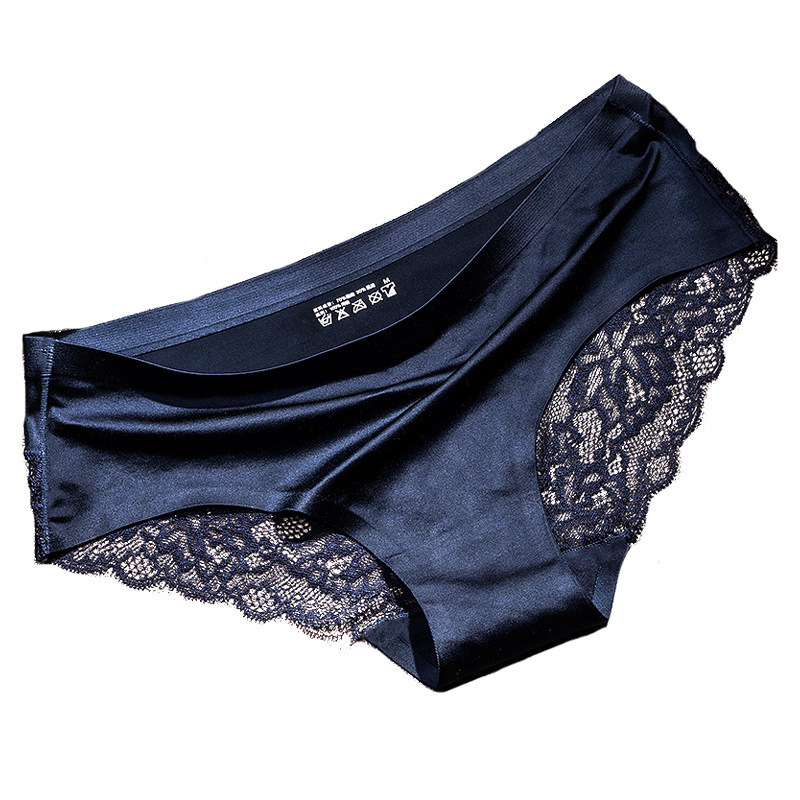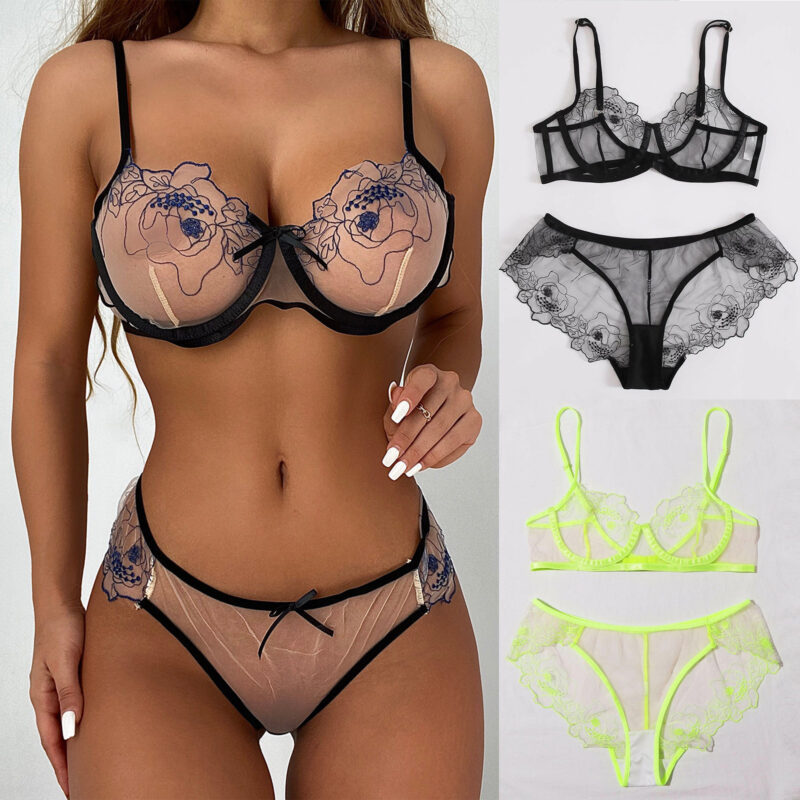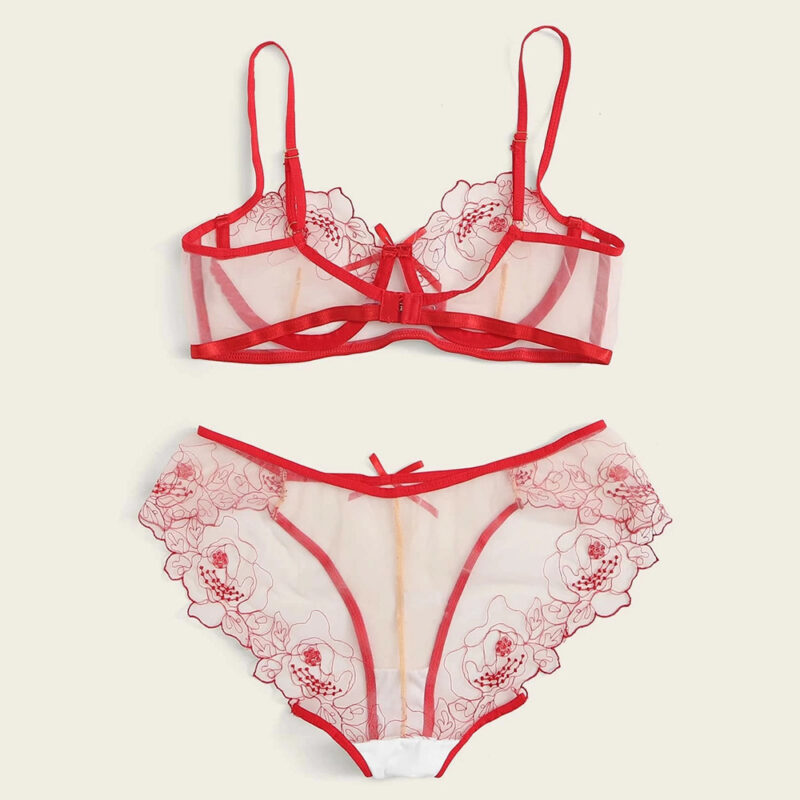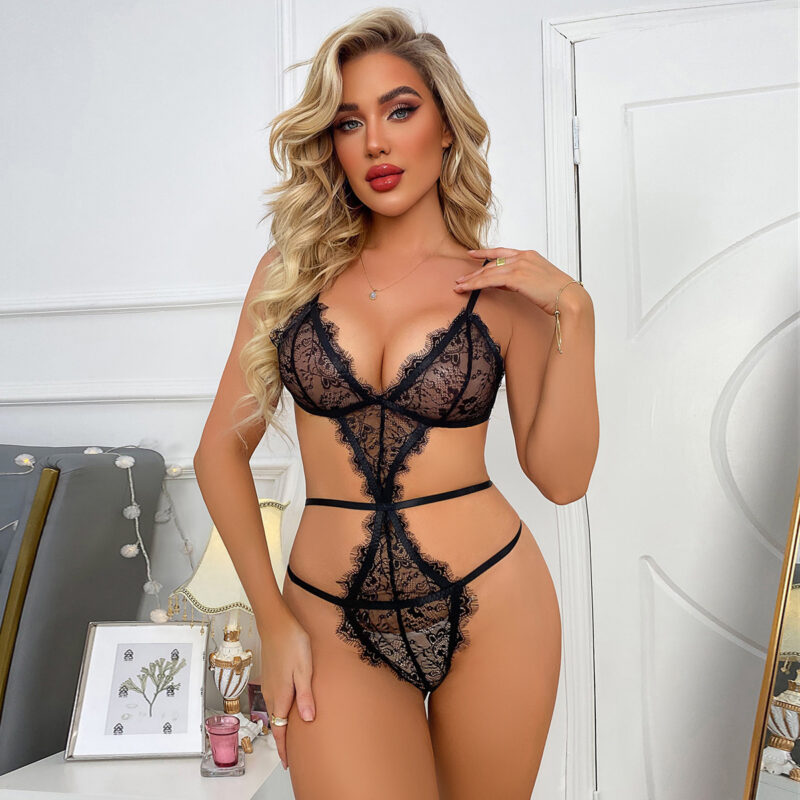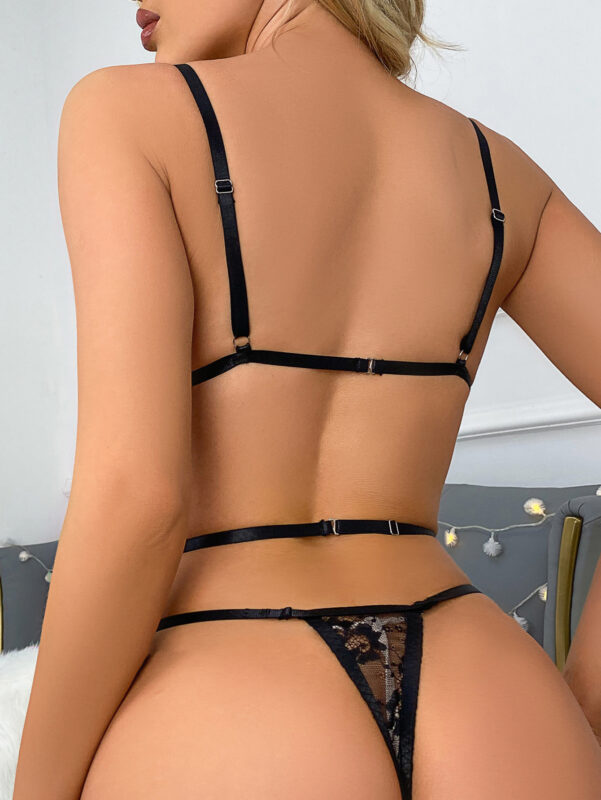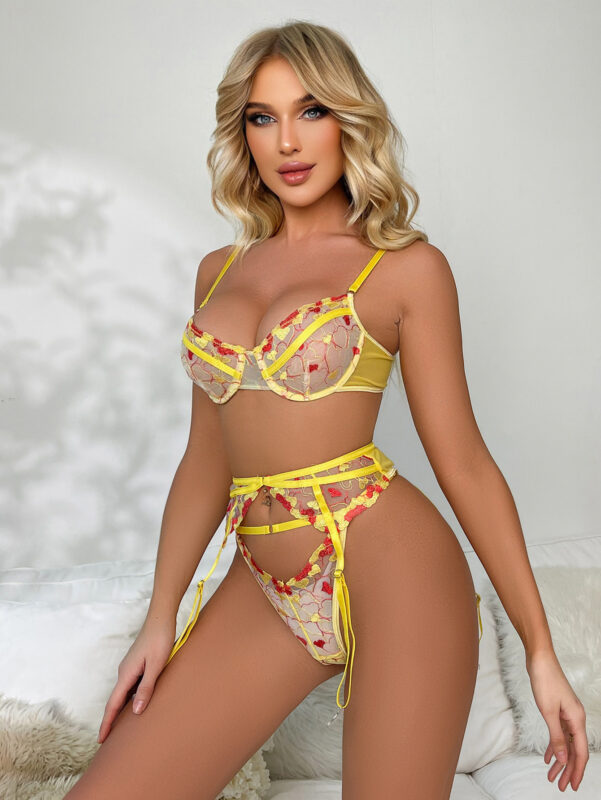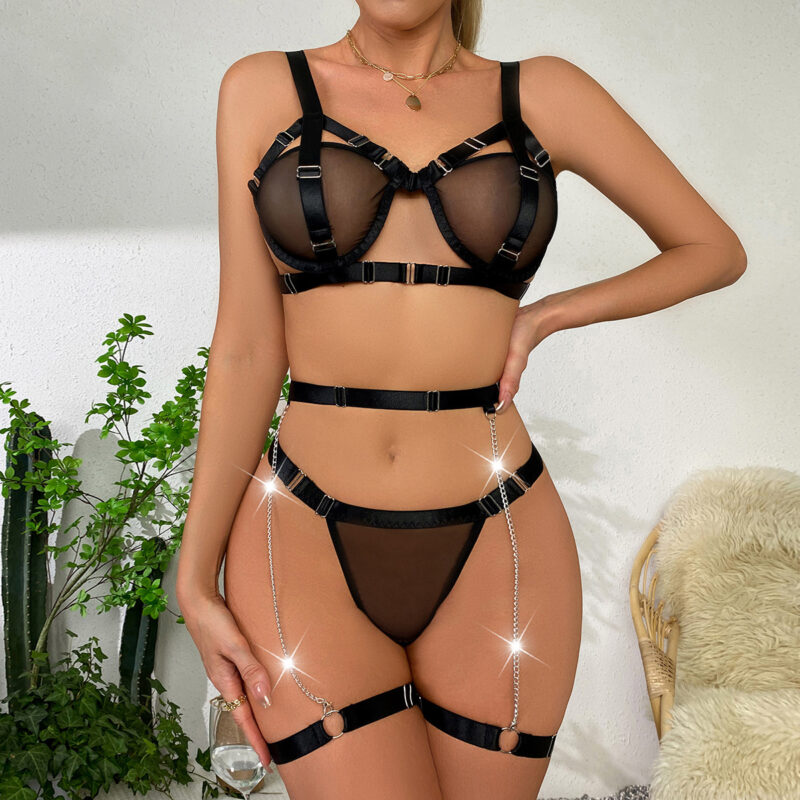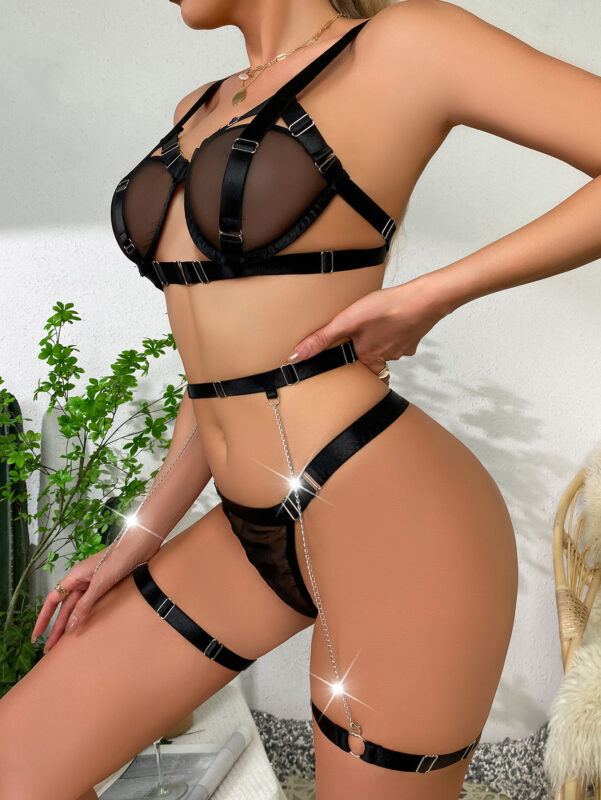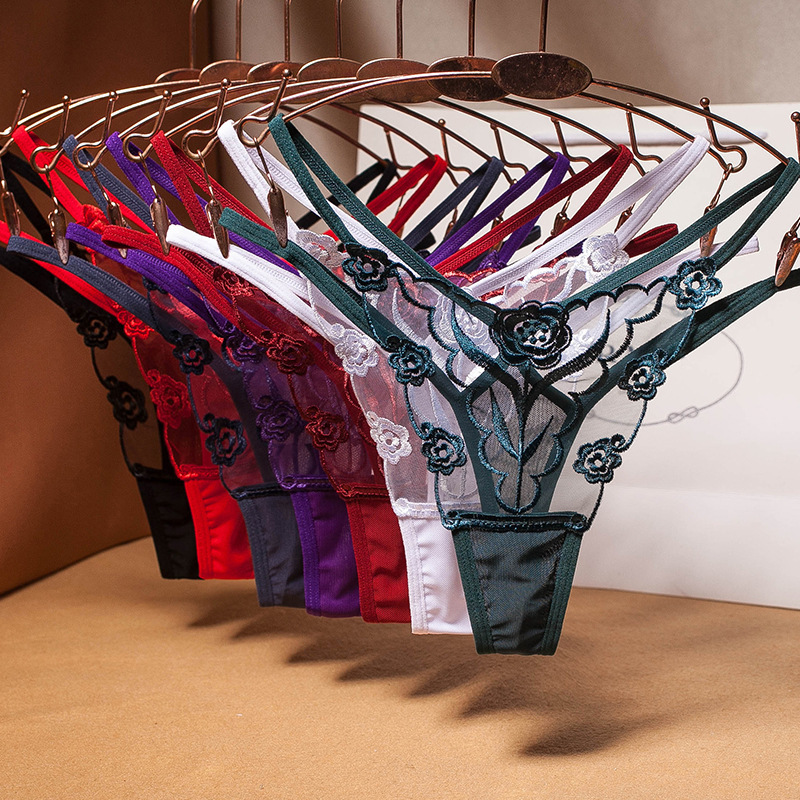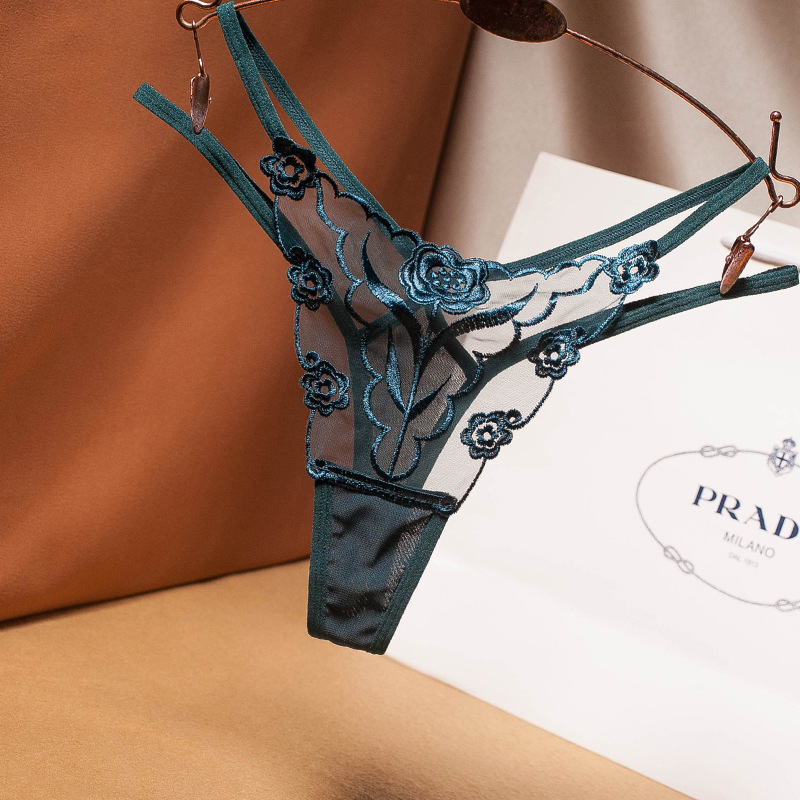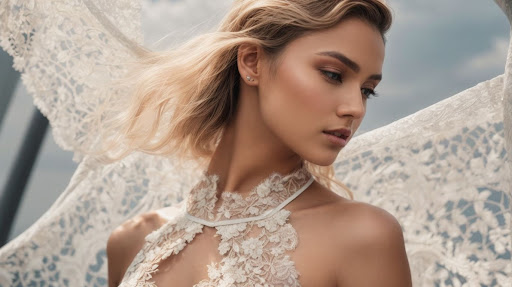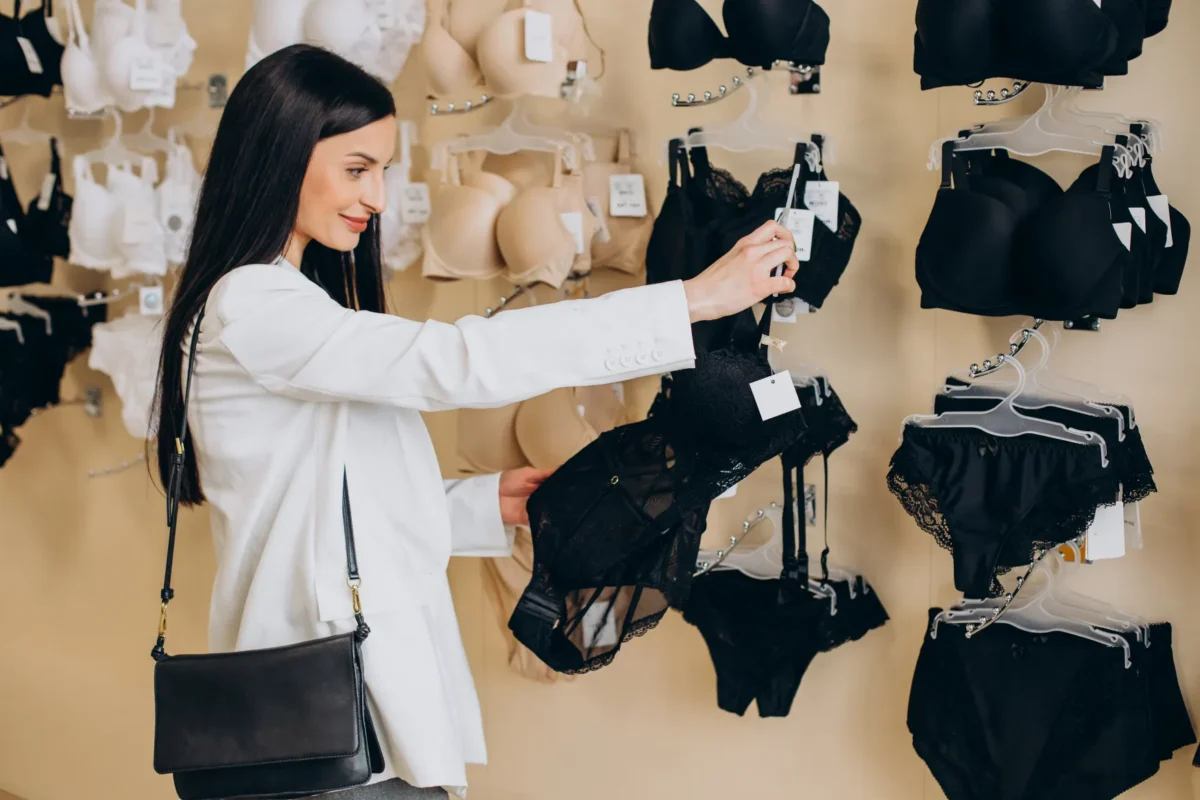Bra design began as a simple undergarment, with only utilitarian purposes. But as society changed, designers began to tailor bras to women's needs and desires. Fabrics, colors, and styles were all experimented with.
Recently, tech has become a major factor in bra design. 3D printing, memory foam, and wireless technology have all been utilized. This has enabled more precision and comfort.
When selecting a bra, the right fit is paramount. To find it, get professionally fitted or measure yourself. Don't forget!
Table of Contents
ToggleThe early days of bra design
Bra design has shifted with fashion and women's roles in society. Early designs were modest, focusing on function over form. But as societal norms changed, bras began to include elements of style and glamour.
In recent years, there has been a push for inclusivity. Brands have catered to women of all body types and sizes. This has led to the development of bras designed for larger and smaller busts, post-mastectomy wearers, and those seeking comfort.
A major moment in bra design history was the invention of the underwire bra by Howard Hughes in 1932. This provided additional lift and shaping capabilities, paving the way for future advancements in bra design.
The evolution of bra design is a testament to the ever-changing needs of women. It has transformed from a simple garment worn for functional purposes to an essential item that celebrates beauty, confidence, and individuality. We can expect further innovations in the future that continue to redefine what it means to wear a bra.
The evolution of bra design in the 20th century
In the 20th century, diverse bra styles emerged. Each had a specific purpose. The table below shows the progression of bra design:
Year | Style | Innovation |
1920s | Flapper Bra | Freedom of movement |
1930s | Bullet Bra | Glamorous appeal |
1940s | Bandeau Bra | Minimalistic design |
1950s | Cone Bra | Iconic shape |
1960s | Seamless Bra | Comfort-driven design |
1970s | Sports Bra | Supportive design |
1980s | Push-up Bra | Enhancing cleavage & curves |
1990s | Demi Cup Bra | Partial coverage & lace accents |
Along with aesthetic developments, advancements in materials and technology led to wireless bras. Adjustable straps and hook-and-eye closures became standard too. These features ensured personalized fit and ease of use.
Learn about the journey of bra evolution! Discover how these small changes had a profound effect on women's empowerment and self-confidence. Keep up with lingerie fashion trends to ensure you never miss out on comfort and style. Your perfect bra awaits!
Bra design in the 21st century
Innovation and evolution in 21st century bra design have changed the way women experience comfort and support. Advanced materials, technology, and body anatomy knowledge make bras more tailored to needs.
Versatile Styles:
- Bras that suit various outfits and occasions.
- T-shirt bras for seamless coverage.
- Push-up bras to enhance cleavage.
- Sports bras with maximum support.
Advanced Fabrics:
- Breathable, moisture-wicking materials.
- Nylon, spandex, mesh for durability.
- Memory foam adapts to body shape.
Customizable Fit:
- Adjustable straps for personalized comfort.
- Hook-and-eye closures with multiple settings.
- Removable pads or inserts for shaping and enhancing curves.
Inclusive Sizing:
- Brands offering wider range of sizes.
- Plus-size options for proper fit.
- Specialized lines for post-mastectomy reconstruction.
Technology plays a key role in modern bra design. Wireless bras with sensors measure breast size changes for real-time adjustments. 3D printing allows customizable cups to perfectly contour. Upgrade your collection and experience the comfort and confidence that comes with wearing a well-designed bra! The future of bra design: because technology can support and uplift us in more ways than one!
The future of bra design
Smart textiles are making their way into bra design! Picture a bra that adjusts its fit and support based on your body temperature and movement. You won't need to fidget with it all day - it's personalized for optimal comfort. Smart fabrics could even monitor breast health and provide data for early detection of abnormalities.
Sustainability is also a factor. People want eco-friendly lingerie. Bra design of the future will involve recycled fabrics and biodegradable components.
3D printing technology is also transforming bra design. Instead of being confined to standardized sizes, individuals can get bras tailored to their unique body shapes. Perfect fit and comfort! No more ill-fitting bras and poking ribs.
Conclusion
The evolution of bras has been an exciting journey. Women have wanted comfort, support, and style from their undergarments for centuries. Victorian corsets and bustles gave way to the 1950s' padded bras. In the 1920s, women wanted a more androgynous look. Then, in the 1930s, elastic materials made bras more flexible and comfortable. The 1960s saw feminism influencing design. Women wanted liberation from restrictive bras. This was called the "bra-burning" movement. In the 1980s, push-up bras and cleavage enhancement reigned. Nowadays, bra design is more inclusive. Brands offer a wider range of sizes. Plus, technology advancements make materials and construction techniques better. Yet, the history of men wearing bras is often forgotten. Ancient Greek athletes wore bandeau-like garments for sports. During WWII, some men wore padded or wired bras as a fashion statement.
Frequently Asked Questions
- How has bra design evolved over the decades?
Over the decades, bra design has undergone significant changes. Initially, bras were designed to flatten the bust and provide support. However, as fashion evolved, bra designs became more diverse, catering to different sizes, shapes, and styles.
- What are some notable bra design innovations over the years?
Several notable bra design innovations have emerged over the years. These include the introduction of underwire for enhanced lift and support, the development of adjustable straps for personalized comfort, and the invention of molded cups for a seamless look under clothing.
- How has technology influenced the evolution of bra design?
Technology has played a crucial role in advancing bra design. The introduction of new materials and fabrics has allowed for the creation of bras that offer superior comfort, breathability, and moisture-wicking properties. Additionally, advancements in manufacturing techniques have led to more precise and supportive bra constructions.
- How has the understanding of body diversity shaped bra design?
With a better understanding of body diversity, bra designers have started to prioritize inclusivity. Today, there are bras available in a wide range of sizes, including plus sizes and petite sizes, ensuring that women of all body types can find a comfortable and supportive bra that suits their needs.
- How have social and cultural factors influenced bra design?
Social and cultural factors have influenced bra design in various ways. For example, during the feminist movement of the 1960s and 1970s, there was a shift towards more comfortable and natural-looking bra styles. Additionally, changing fashion trends and societal norms have influenced the design of bras, with certain eras favoring push-up bras, bralettes, or sports bras.
- What does the future hold for bra design?
The future of bra design looks promising. With ongoing advancements in technology, we can expect even more innovative features, such as smart fabrics that monitor breast health or adjustable bras that adapt to changes in breast size. Additionally, the focus on sustainability may lead to the development of eco-friendly materials and production techniques in bra design.

